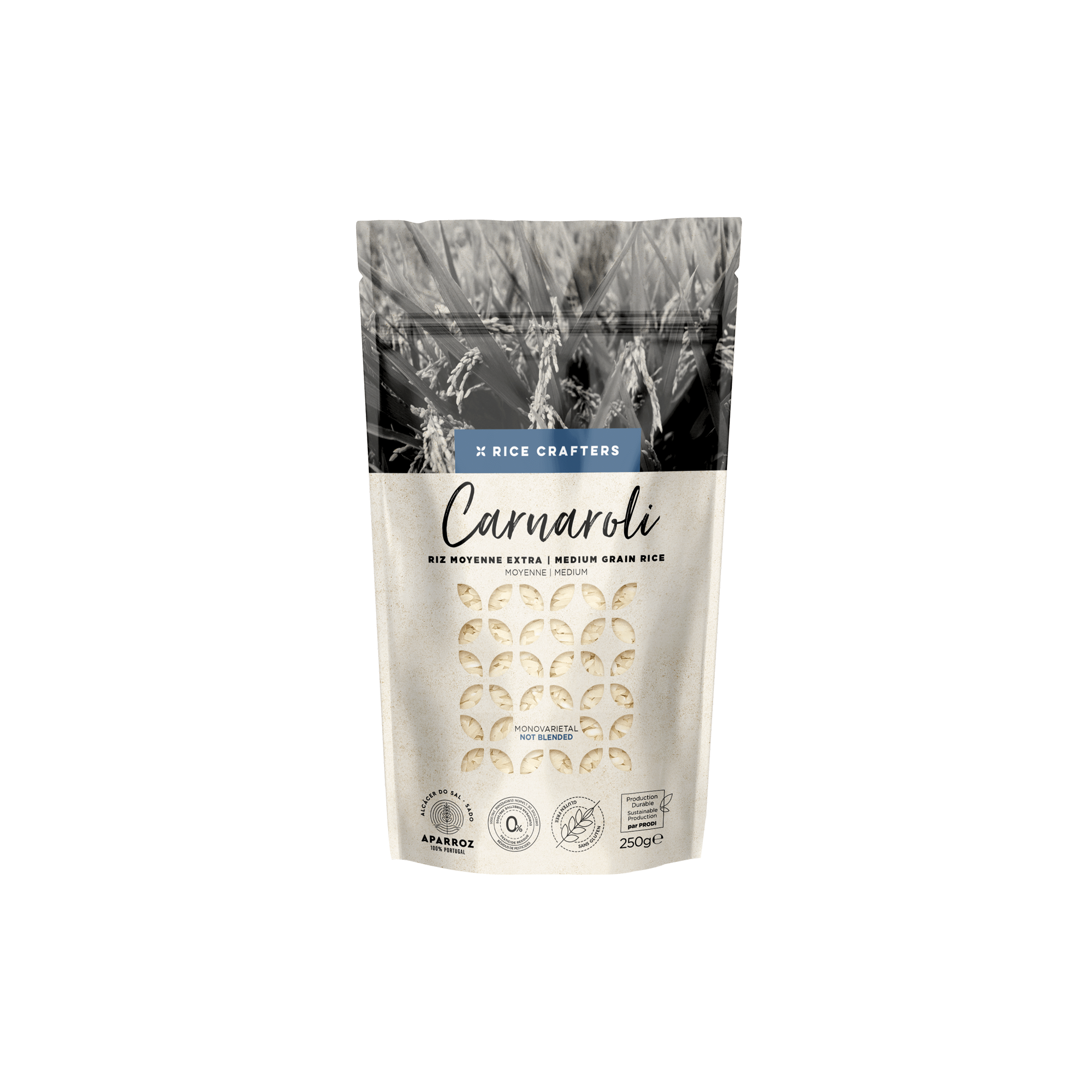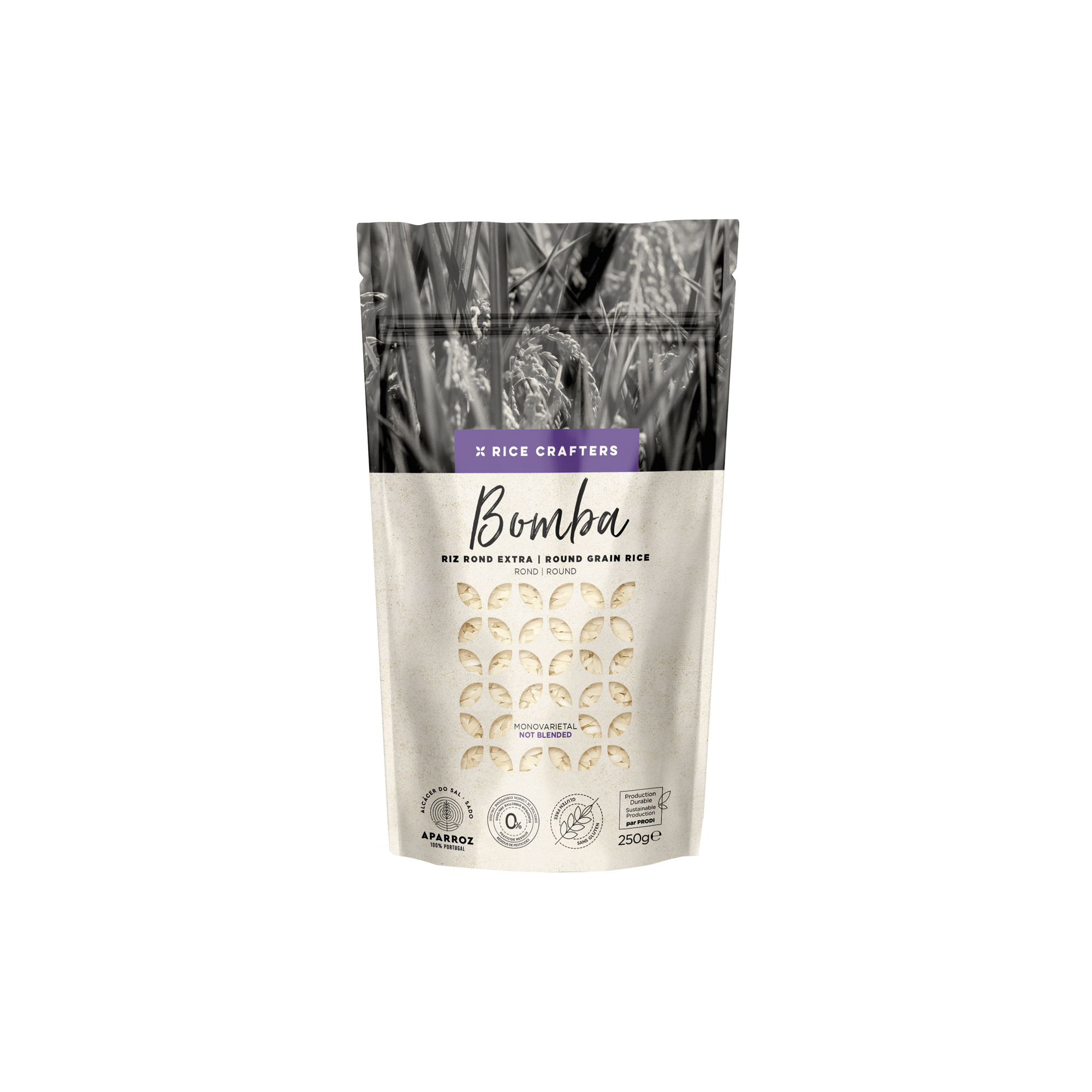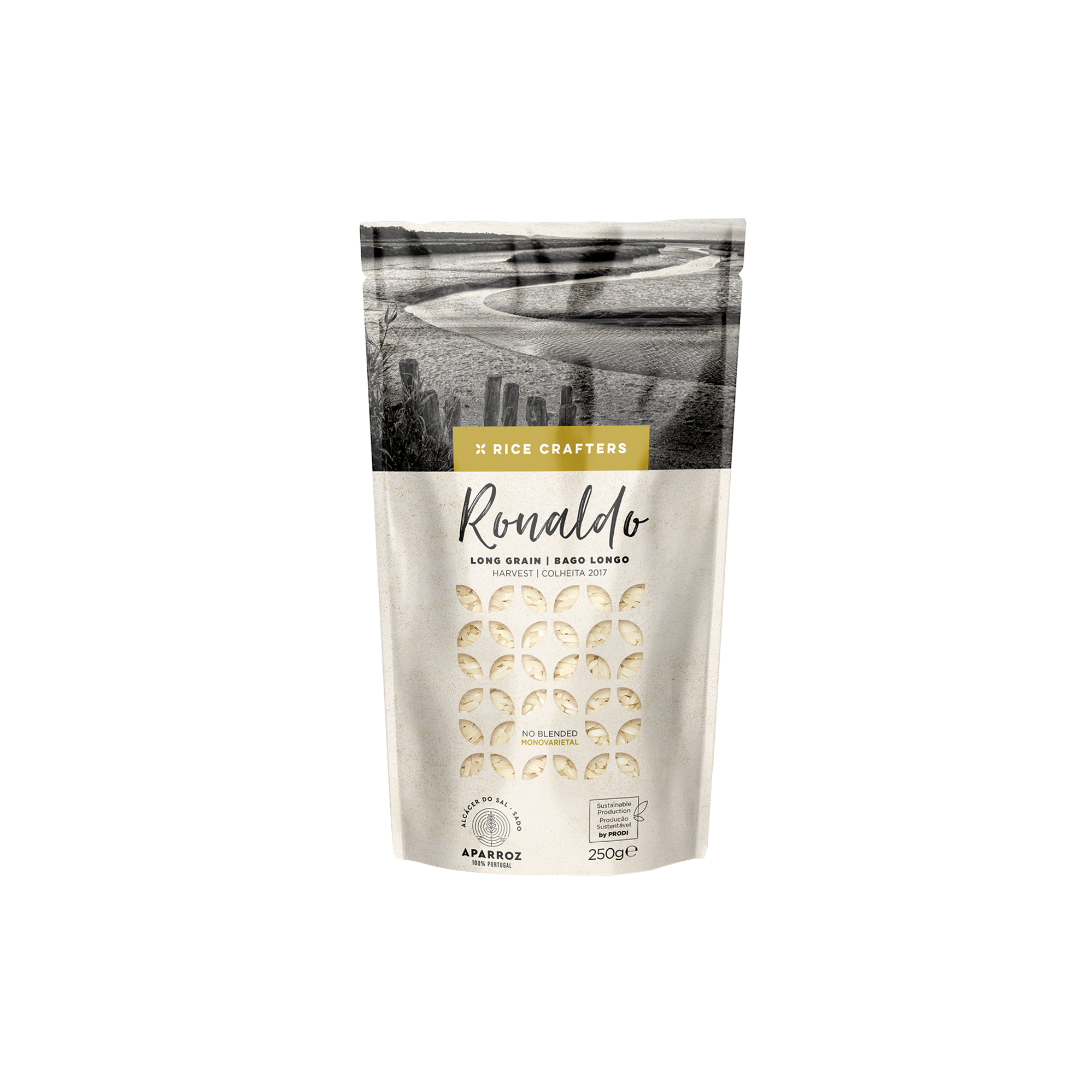In South-west Portugal a river sits between a set of rice fields and a small, intricately intimate town named Alcacer Do Sol. Stacked around a castle and the hill it sits on is a tight community of sun-scorched stone and blood-red roofs that shelter the homes of its locals. Once a thriving salt-producing stronghold – the town’s translation is literally ‘Fortress of Salt’ – the town is now a quiet one, enjoying the serenity so typical of old and coastal municipalities. This former salt citadel overlooks the abandoned salinas once used by the Roman Empire that now grow Rice Crafters' premium rice. Alcacer Do Sol, it seems, is a place that has witnessed the cultivation of two fundamental food staples.
This is a thing easily taken for granted, particularly throughout generations, but it does imply a certain cultural value. At one point a local could look out of their window and across the Sado River, and watch the collecting of salt they would later season their meal with. Similarly, someone in modern times can witness the growing and collecting of rice from that same window, overlooking thousands of tiny grains that will take up substantial space in their diet. The implication of this past and present experience is the cultural value of knowing what you eat and where it has come from, the peace of mind in knowing your food has been brought to you in the same way it was harvested, or at least as close to, like nature’s intent.
Rice Crafters' philosophy is that very same cultural value and in practising it they aim to minimise the processing stages the rice goes through before arriving in our meals while simultaneously maximising its impact in a dish. They do this by specialising in growing varietals of rice singularly, without later processing and mixing them with other varieties like countless rice producers. Their mission is modest though profound: to bring the gastronomic experience closer to nature, while also cultivating a food and its inherent offerings to satisfy our senses rather than leave it to solely take up space on our plates and satiate hunger. The singular varietal bags they champion means you get specific tastes from specific kinds of rice, encouraging the chefs and foodies among us to experiment and watch how rice can react specifically, consistently and spectacularly.




